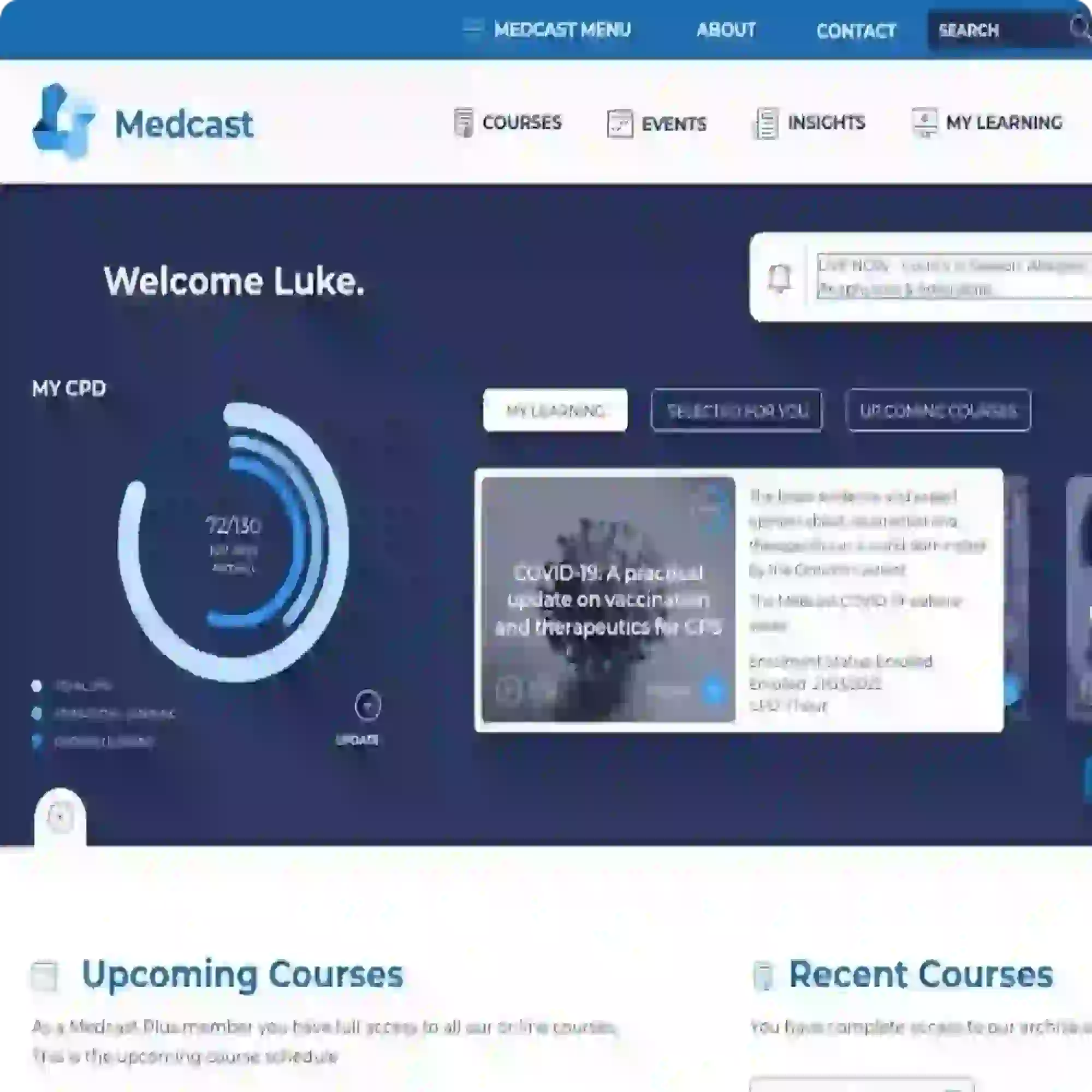Helping Adolescents 1: the Headspace sites
Not every adolescent you see with “adolescent angst” or behavioural problems has a diagnosable mental illness. That doesn’t mean they don’t need your help.
There are a number of terrific Australian websites designed specifically for the adolescent age group that are available for you to recommend to your patients and/or to use as an adjunct to your care. This post focusses on what’s available from Headspace.
There are two linked Headspace websites.
-
The headspace site itself provides information about what the organisation does; where to find a headspace clinic and a whole lot of mental health information relevant to young people (have a look at some of them here).
-
The headspace website also has a section for health professionals crammed with information as well as a “clinical tool” that provides practitioners with some help in learning to deal with the adolescent patient including some great training videos that provide examples of what not to do as well as what to do. Check out the section on borderline personality disorder and don’t miss the patient story video. It may shift your perspective on this difficult to treat and difficult to experience disorder.
-
There is also an excellent research database on the site if you are interested in taking your exploration of adolescent mental health issues a step further.
-
The e-headspace site provides a different kind of service altogether. Its services include telephone and email counselling for 12 to 25 year olds and their families and friends. There are also professionally moderated live group chat sessions and useful recordings of past group chat sessions (have a look at them here). The last live chat recording is called “How to deal when therapy feels awkward” and is a great example of how useful this service can be.
Have a look at these sites and decide for yourself whether they fit into your practice or simply into your personal mental health education program.

Gerhard is a full professor of Clinical Psychology at Linköping University, Sweden since 2003, an
d affiliated researcher at the Karolinska Institute, Sweden. Professor Andersson is an internationally recognized researcher in the field of CBT delivered through information and communication technology, as well as the author of the book “The Internet and CBT: a clinical guide”.
UPDATED
The PTSD Program for people with Post Traumatic Stress Disorder.
Do you know anyone who has difficulty motivating themselves to exercise? I think we all know people who get too depressed to exercise or too anxious to leave the house. But there are other people who, despite a lack of “diagnosis”, find exercise hugely difficult to contemplate.
As someone who has practiced medicine for almost four decades I have had the opportunity to observe firsthand the upsurge in the use of opioid pain killers in non-cancer pain.

